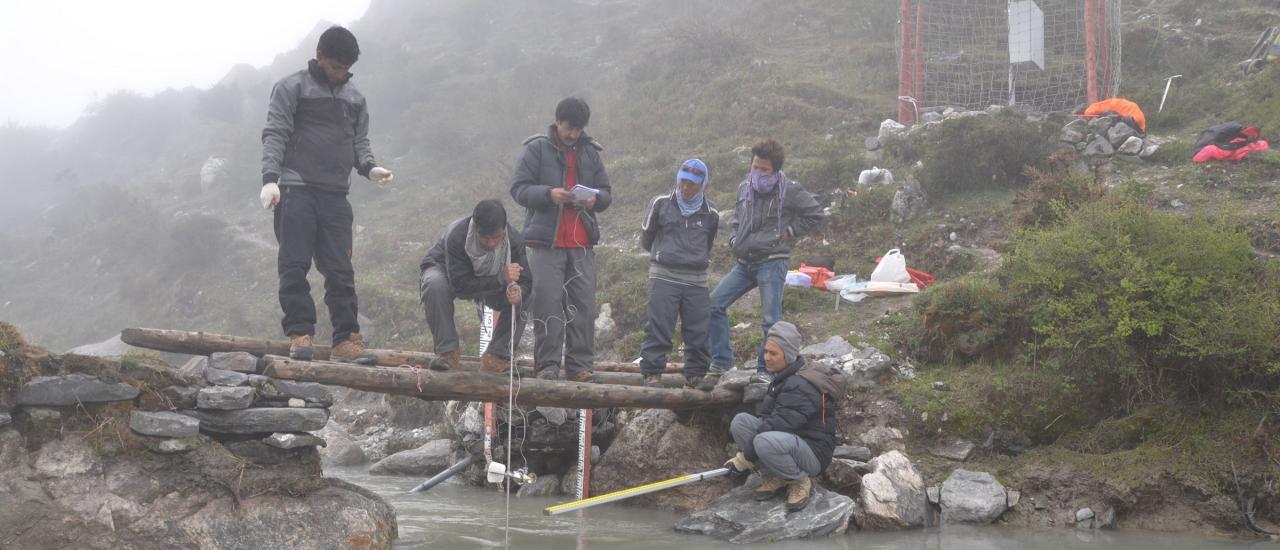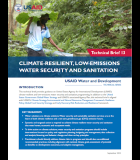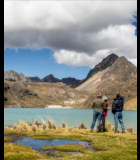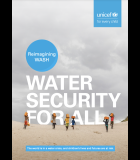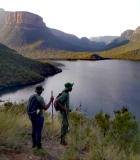The great intersecting mountain ranges of Central and South Asia collectively stretch thousands of miles across the continent. Within this vast, often impenetrable, and sparsely inhabited wilderness, snowfields and glaciers store water that has fallen as precipitation and accumulated over the course of years, decades, or in some cases, even centuries.
Perhaps the only thing more staggering than the size of these mountains is the number of people who depend on them and the Tibetan plateau as a water source: One out of every seven people on the planet relies on the rivers draining Asia’s great mountain ranges for hydropower and to irrigate crops, support livelihoods, and meet daily drinking water, cooking, and cleaning needs. Effectively serving as lifelines for much of the continent, these vast river systems deliver snow melt, glacier ice melt, and rainwater to downstream communities, ranging in size from isolated mountain villages to sprawling coastal megacities.
As warming temperatures and shifting precipitation patterns continue to accelerate the melting of snowpack and glacier ice across the region, the timing and volume of water delivered to communities at lower elevations are already disrupting the rhythms of daily life with intensified cycles of flood and drought. Are the villages, towns, and cities that depend on these waters prepared for the changes and challenges that lie ahead?
To predict how future climate conditions will affect glaciers and snow, it is necessary to better understand the current contributions of both glacier ice and snow melt to downstream water supply. The Contribution to High Asia Runoff from Ice and Snow (CHARIS) project has accomplished this task.
Read the full article in Global Waters Stories on Medium.


